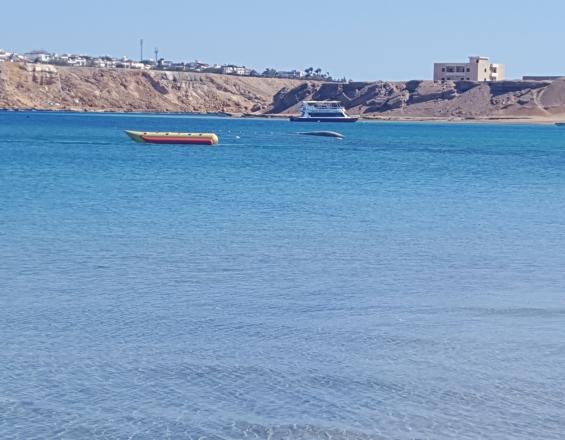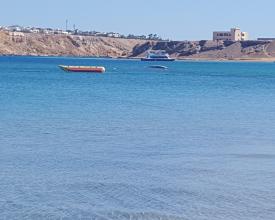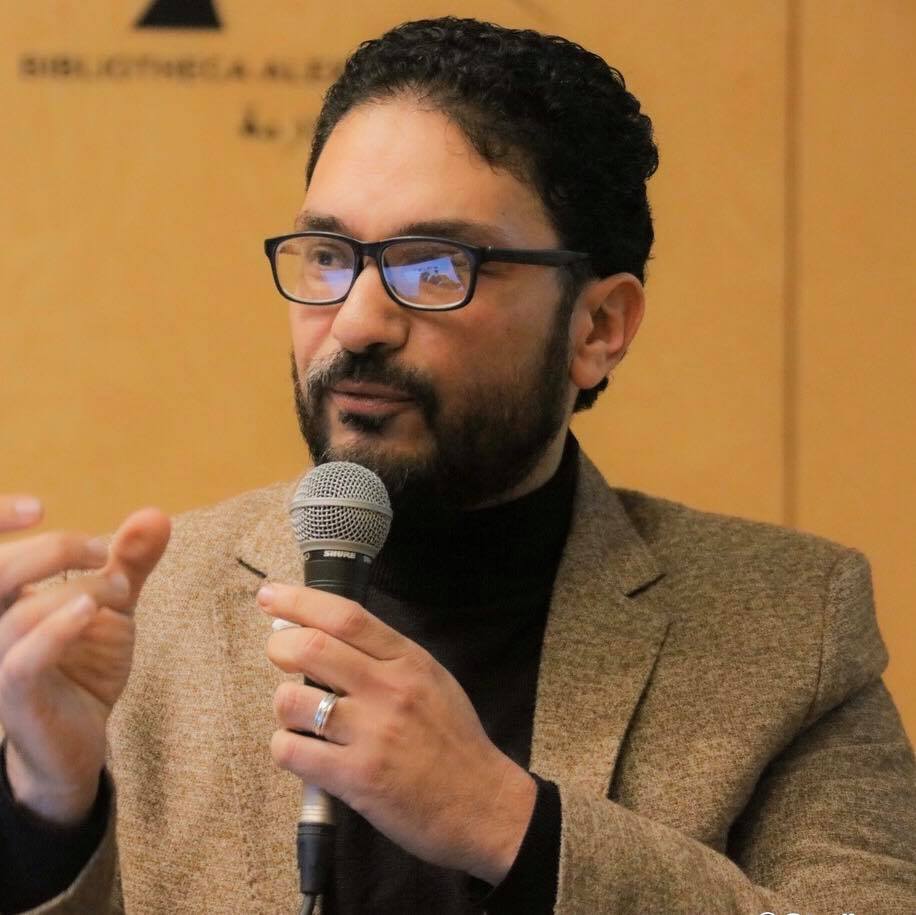
Coping with expanding tourism through effective partnership, Sharm Elmia Rehabilitation

Sharm El-mia, a small bay on the outskirts of Sharm El-Sheikh city; the bay is an integral part of RMNP that includes Ras Mohammad Peninsula and the coasts of Sharm El-Sheikh. Being the main marina for diving and live-aboard boats, the bay suffered the accumulation of boats effluents that smothered marine life. Moving the marina to another location gave way to restoring the afflicted bay. The restoration process, which was carried out through partnership with various stakeholders, set an example of how to successfully coordinate work between actors who in many cases have conflicting interests. Overcoming red tape was a daunting mission that had to be accomplished. Marine life re-inhabited the bay, and benthic living cover was recorded in values comparable to similar sites. Bio-remediation of the ailing aquatic environment and elimination of potential pathogenicity induced by boats effluents was achieved. Finally, the bay was rendered viable to recreational tourism activities.
Context
Challenges addressed
Location
Impacts
The impacts of Sharm El-mia rehabilitation bay became evident through:
- successful desinfection of the bay’s seawater from the pathogenic bacteria, to the degree that it became safe for swimming and other human utilizations.
- Microbiological analysis and bio-remediation of seawater was conducted in cooperation with a team of researchers from Suez Canal University. Repetitive assessments of the ecological parameters in the bay – post-rehabilitative monitoring - indicated gradual improvements in hard and soft coral percentage covers, up from less than 1% to an average of 15% and 17% respectively.
- Reef fishes and Reef associated invertebrates were then encouraged to re-inhabit the bay, which was revealed by higher species richness and diversity indices. These measurements were taken up to 4 years following the restoration.
- The proejct yielded socio-economic benefits through the reopening of the bay for usage by recreational tourism operators and service providers. Hotels previously possessing no beaches now have access for their guests, to use the remaining stretch of the bay’s beaches through a lease-like contract with the municipality.
- The impact of Sharm El- Maia rehabilitation on the RMNP management was represented in providing a management tool, boosting the manoeuvrability in zoning plans since it added more space to the areas available for water activities designations.




